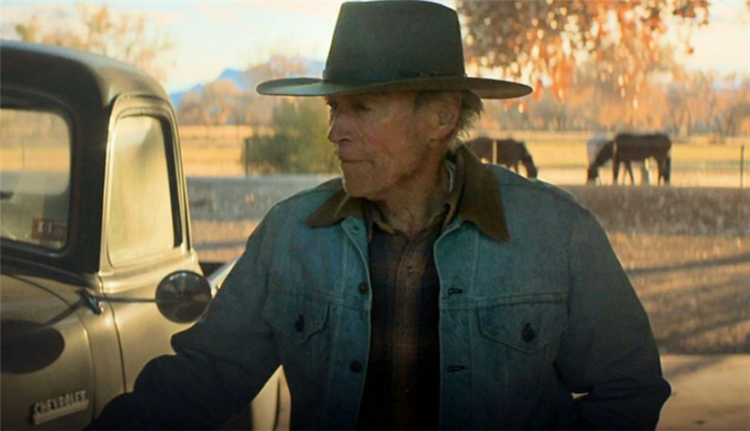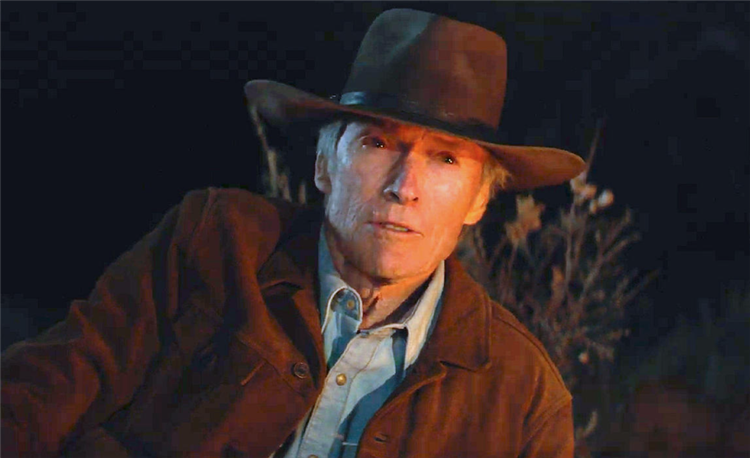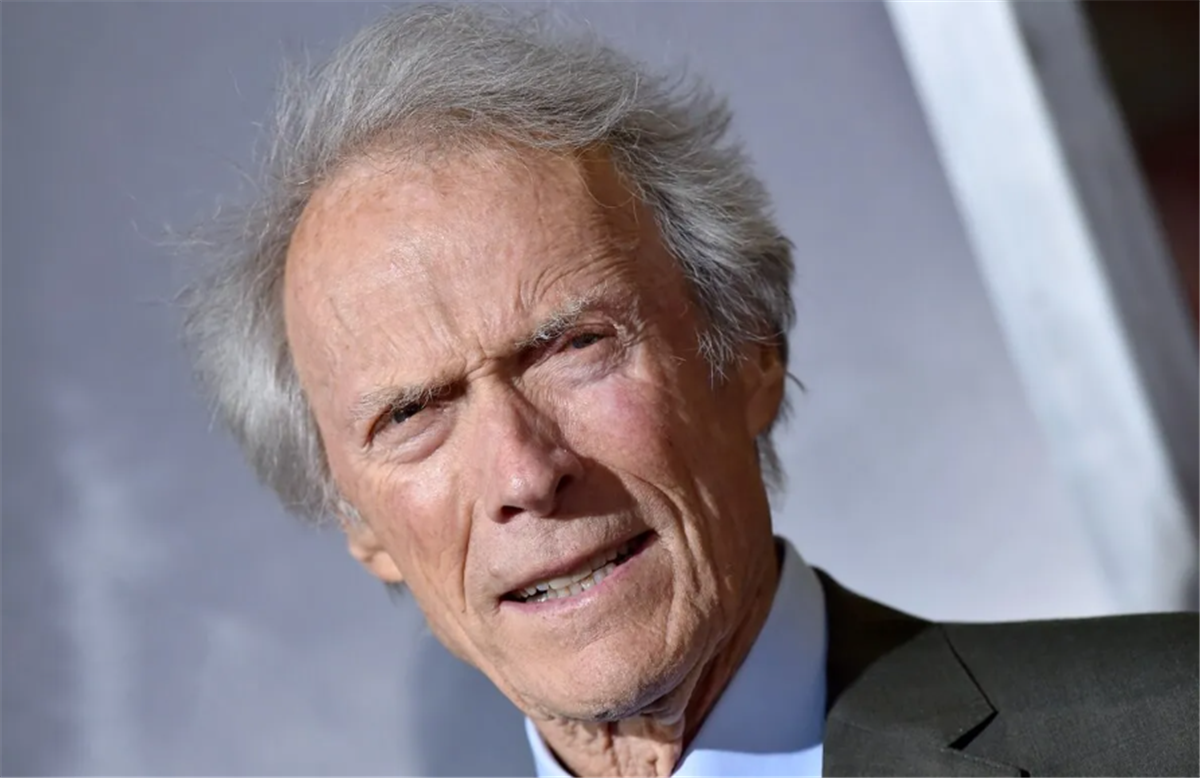Actor Clint Eastwood has starred in a variety of movies, but was once mostly known for action films like Dirty Harry. Still, the filmmaker wasn’t afraid of branching out in his younger years. But when he did a film that was too unlike his typical work, his inner circle panicked.
Everyone thought Clint Eastwood was making a big mistake doing this feature
After building his reputation as an action star, Eastwood wanted to experiment with other genres. To do this, he began eyeing the feature Every Which Way but Loose. The 1978 movie was a huge departure from Eastwood’s usual work. The veteran actor played a trucker and part-time fighter with a pet orangutan named Clyde. Although it had action elements, it functioned heavily as a comedy, targeting a much younger audience than Eastwood’s films were used to.
When his team discovered Eastwood was actually considering the project, they desperately tried to change the actor’s mind.
“Yeah, I’ve made some strange choices along the way,” Eastwood once told The Guardian. “That was a film my agent and everyone else begged me not to do. This is after Dirty Harry and I’d done a lot of action and adventure films and they said ‘That’s not you’ and I said ‘Well, what is me? I don’t know.’ To me it was about reaching out to a younger generation, making a movie that kids could see, with a little less mouth.”
Eastwood was intrigued by his character in the film, which seemed different than any role he’d played back then.
“And there was something hip in an odd way about the movie – this strange guy tells his troubles to an orangutan and loses the girl, everything about it was a little bit off-centre. It seemed like something to do at the time,” he said.
It seemed Eastwood’s instincts were right, as the movie became one of the actor’s most profitable projects. It even spawned the sequel Any Which Way You Can, which saw Eastwood re-teaming with the orangutan.
Clint Eastwood considered ‘Every Which Way but Loose’ 1 of his ‘problem films’

Because of the panic and uncertainty Every Which Way caused, he ranked the film right up there with some of his more challenging features. According to Eastwood, even after he’d already done the movie, some in his camp still had doubts about it.
“Some people got it and some people didn’t, but the public seemed to enjoy it,” he once said on Interview.
But the Oscar-winner believed doing those types of movies was necessary to stretch out his career. Sticking to one genre for too long, he theorized, ran the risk of boring audiences and losing them entirely. The other two projects he mentioned were problem films for similar reasons.
“I’ve made problem pictures before and sometimes people tell you they’re a problem and other times they don’t. I have to assume that some Dirty Harry fans like different types of movies. Honkytonk Man was definitely a problem picture, and even with The Gauntlet, people didn’t necessarily want me to play a dumb detective,” Eastwood said.
Honkytonk Man was a picture where Eastwood played a singer succumbing to a life-threatening illness. It ended up being one of his most critically acclaimed features, but lacked success at the box-office. The Gauntlet experienced mixed reviews, but was a much bigger box-office success when compared to Honkytonk.
Clint Eastwood hated doing this film so much he almost left it while it was still shooting

Out of all the movies he’s done, Eastwood’s Paint Your Wagon might be one of the films he regretted participating in. Paint Your Wagon was a 1969 musical inspired by a Broadway show. Decades after doing the project, the Cry Macho star still considered the film, and his performance a bit of a sore spot.
“I’ve always been interested in music, my father was a singer and I had some knowledge of it. Although what I was doing in that picture was not singing,” Eastwood said in a 2017 interview with Empire.
Eastwood felt that the film’s script was changed for the worse after he boarded the project. This led to him almost abandoning Paint Your Wagon altogether.
“I was away shooting Where Eagles Dare, and they flew over [Alan Jay Lerner and director Joshua Logan] and talked me back,” he said. “It was much lighter, it just didn’t have the dynamics that the original script did. And that was another long shoot…”
